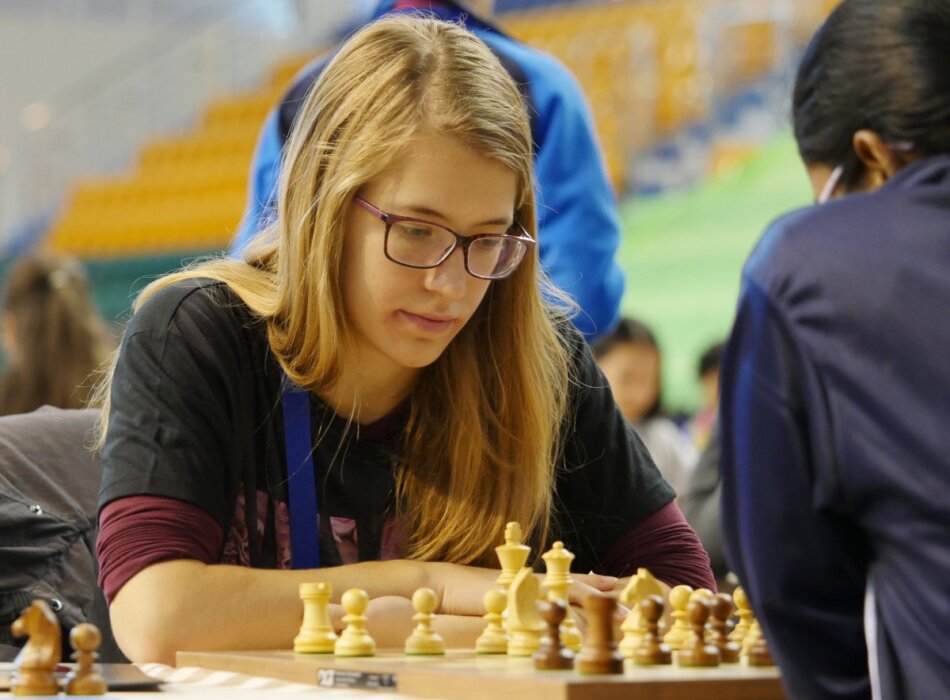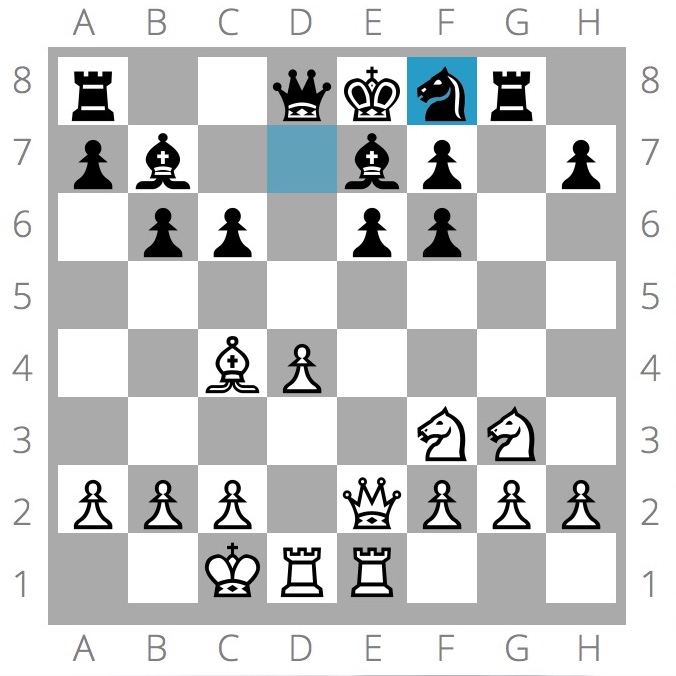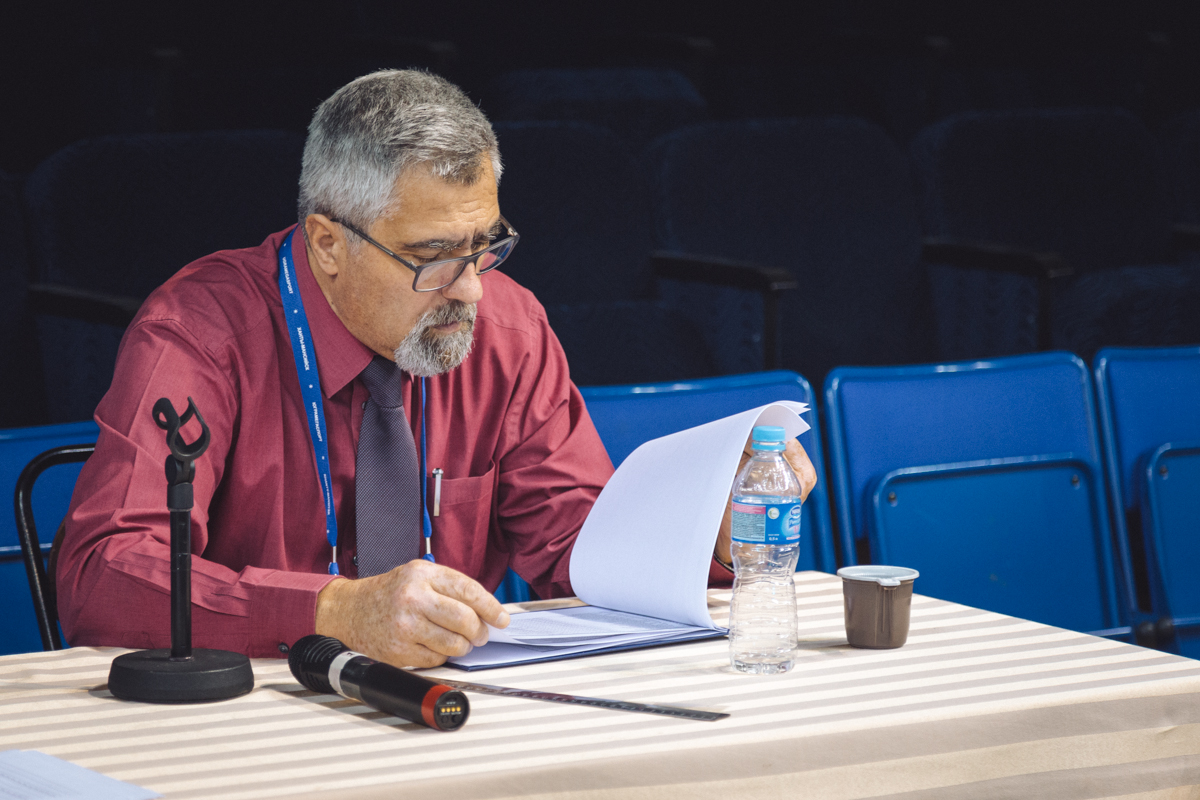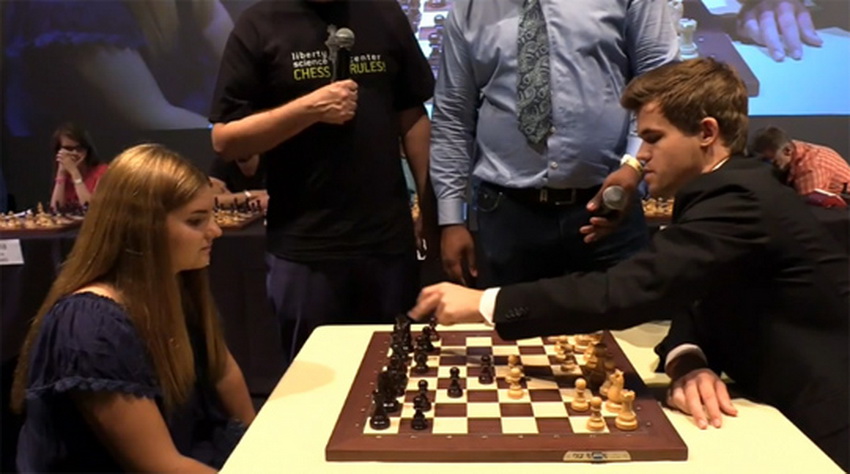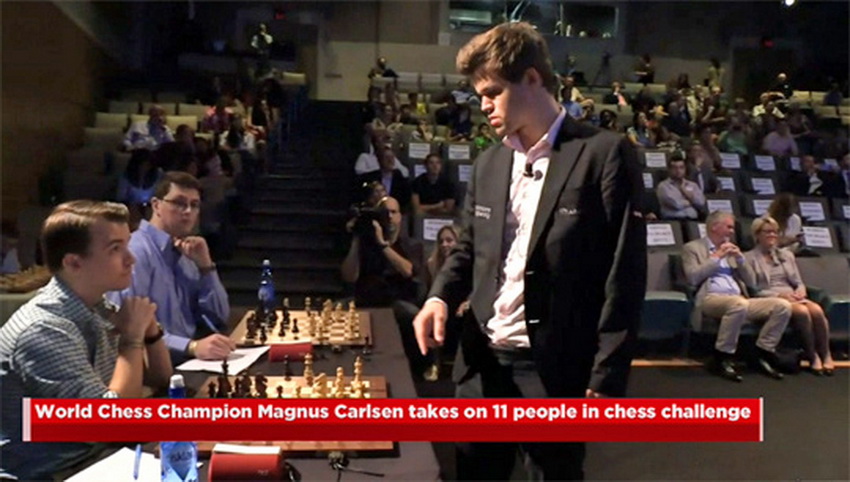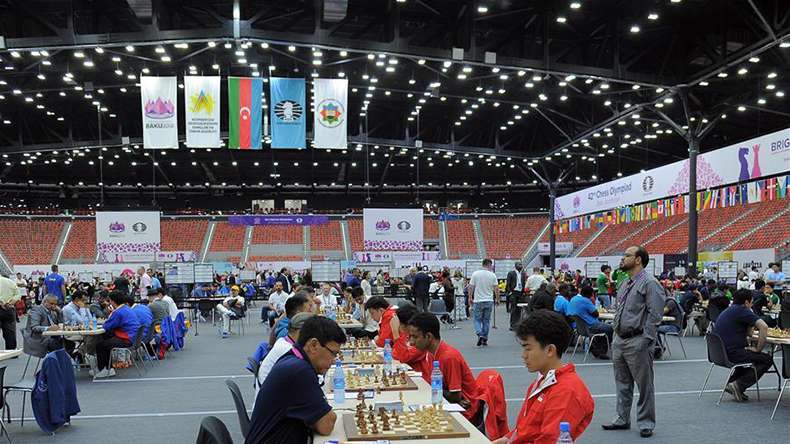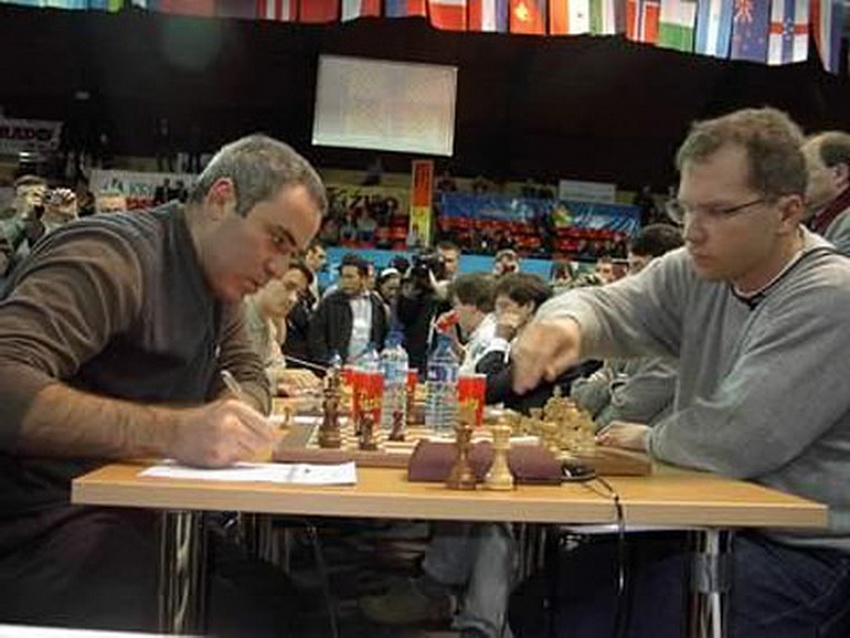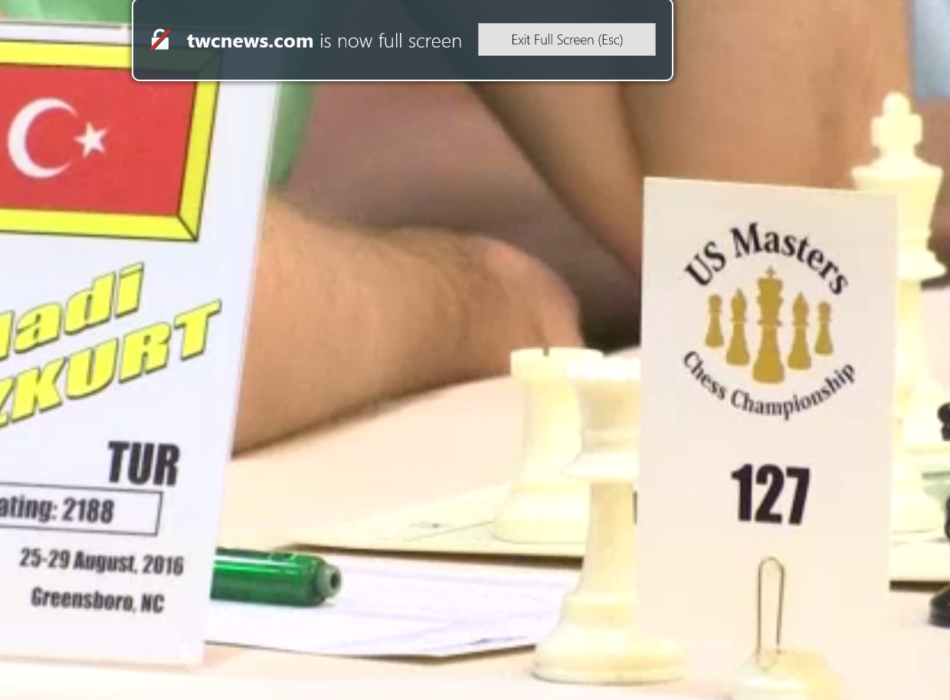3rd edition of Millionaire Chess starts
The concept of the Millionaire Chess festival has been as unique as it has been inspiring. Although there are unquestionably opens with even stronger lineups at the top, such as the Isle of Man running concurrently off the British Isles, this was never what really made it so special. Of course, it is thrilling to see a player such as Kramnik, Caruana, or Nakamura in a tournament you are playing in, but when it comes down to it, unless you are one of these elite players, you know who will be fighting for the top prizes, and that unless you get paired with them in the first or second rounds, you won’t be seeing them across the board from you.
This is where Millionaire Chess comes in. It still won’t promise you a one-on-one against these top players, but even the lowliest Under-1200 player could finish with a prize that exceeds theirs. This is no idle boast either. Sure, the first prize of the Open Section will win a cool $30 thousand, which no other player will beat, but even the first prize of the Under-1600 section will win over $10 thousand, which is higher than the 3rd prize in the Open Section. So yes, while the entry fee for all may be a hefty $549 (if registered by August), the payoff for all players promises to be proportionally attractive.
All players have been invited to have a ‘Red Carpet’ photo taken, much like the prize ceremonies we see on TV

The opportunity was taken up by many, who got a chance to have a top-notch portrait taken
As many opens in the United States, the schedule is both intense, and somewhat confusing compared to more common organizations in Europe and elsewhere. This does not mean it is disorganized, just that there are myriad options not usually seen. The basic five-day schedule is a fairly normal two rounds per day at 120 minutes for 40 moves plus a 30-minute sudden death. However, for players with less time, or wishing to save money on one day of hotel rates, there is also the four-day schedule. For these players, the first four rounds are packed into a single day playing four consecutive games of 45 minutes for each side. After that, they join the rest for the final rounds, all played at 40 moves in two hours as above, competing for the same prizes.
Chess Tournament website
source chess base

